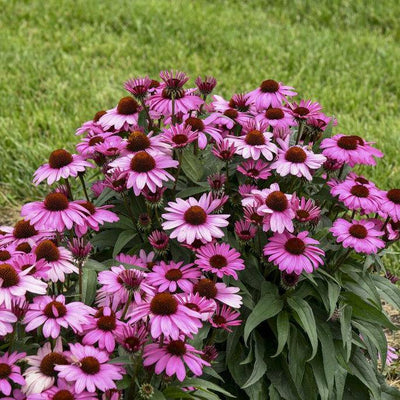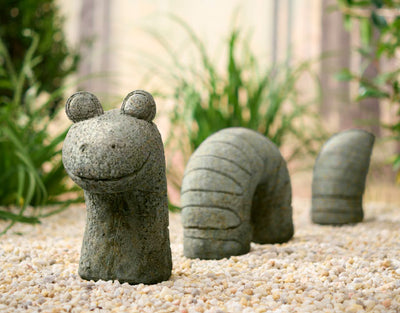LET'S DANCE CAN DO!® Reblooming Hydrangea
Proven Winners is constantly working to refine and improve their offerings for the North American garden and to the nursery industry in using the best in new plant and production materials.

Features
Characteristics
Plant Needs
Not just another pretty face!
One look at Let's Dance Can Do hydrangea tells you it's beautiful - but there's more to this innovative new hydrangea than that. It has the unique ability to create flower buds along the entire length of the stem instead of only at the top like other big-leaf hydrangeas. That means that even if winter does its worst and kills back a portion of the plant, there will still be flower buds to open in early summer. It's also what makes Let's Dance Can Do hardy to USDA zone 4 - not only will it survive in such a cold area, it will actually bloom there!
Let's Dance Can Do also reblooms quicker than others: in other words, you won't have to wait until fall to see the new flowers. And about those flowers! They are lacecaps, but the size and quantity of the showy sterile florets obscures the tiny fertile florets. Flowers are a luscious strawberry pink in neutral/alkaline soils and a lovely lavender in acidic ones.
If you've been reluctant to try a big-leaf hydrangea, or been disappointed in others, Let's Dance Can Do hydrangea is the perfect place to start. Available in better garden centers in spring 2021.
Top reasons to grow Let's Dance Can Do hydrangea:
- Unique ability to create flower buds on entire length of stem, not just at the top
- Fastest to rebloom for a longer season of fab flowers
- Elegant lacecap flowers with outstanding color
Previously named Let's Dance Can Can hydrangea.
Characteristics
Plant Needs
Not just another pretty face!
One look at Let's Dance Can Do hydrangea tells you it's beautiful - but there's more to this innovative new hydrangea than that. It has the unique ability to create flower buds along the entire length of the stem instead of only at the top like other big-leaf hydrangeas. That means that even if winter does its worst and kills back a portion of the plant, there will still be flower buds to open in early summer. It's also what makes Let's Dance Can Do hardy to USDA zone 4 - not only will it survive in such a cold area, it will actually bloom there!
Let's Dance Can Do also reblooms quicker than others: in other words, you won't have to wait until fall to see the new flowers. And about those flowers! They are lacecaps, but the size and quantity of the showy sterile florets obscures the tiny fertile florets. Flowers are a luscious strawberry pink in neutral/alkaline soils and a lovely lavender in acidic ones.
If you've been reluctant to try a big-leaf hydrangea, or been disappointed in others, Let's Dance Can Do hydrangea is the perfect place to start. Available in better garden centers in spring 2021.
Top reasons to grow Let's Dance Can Do hydrangea:
- Unique ability to create flower buds on entire length of stem, not just at the top
- Fastest to rebloom for a longer season of fab flowers
- Elegant lacecap flowers with outstanding color
Previously named Let's Dance Can Can hydrangea.















